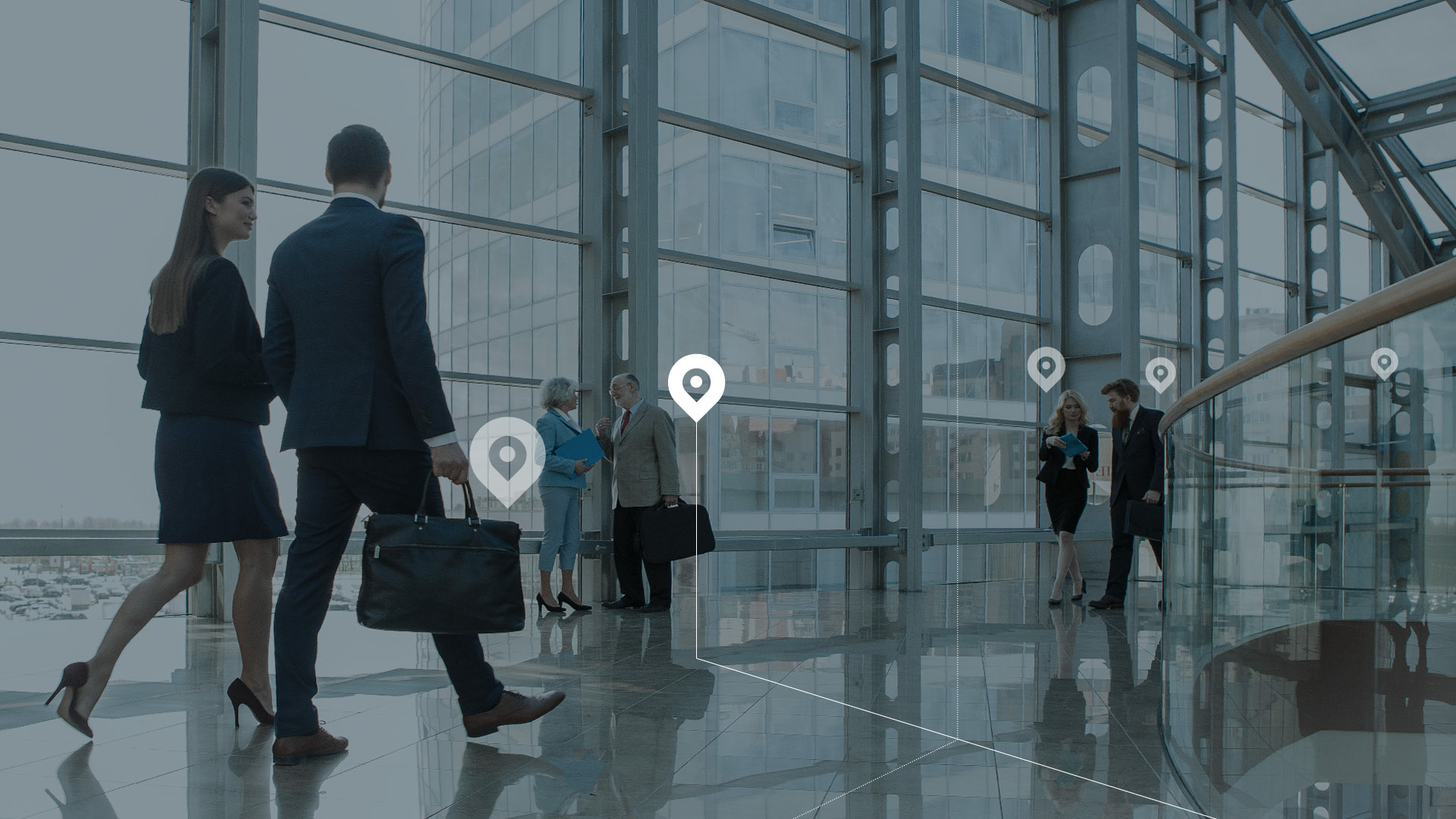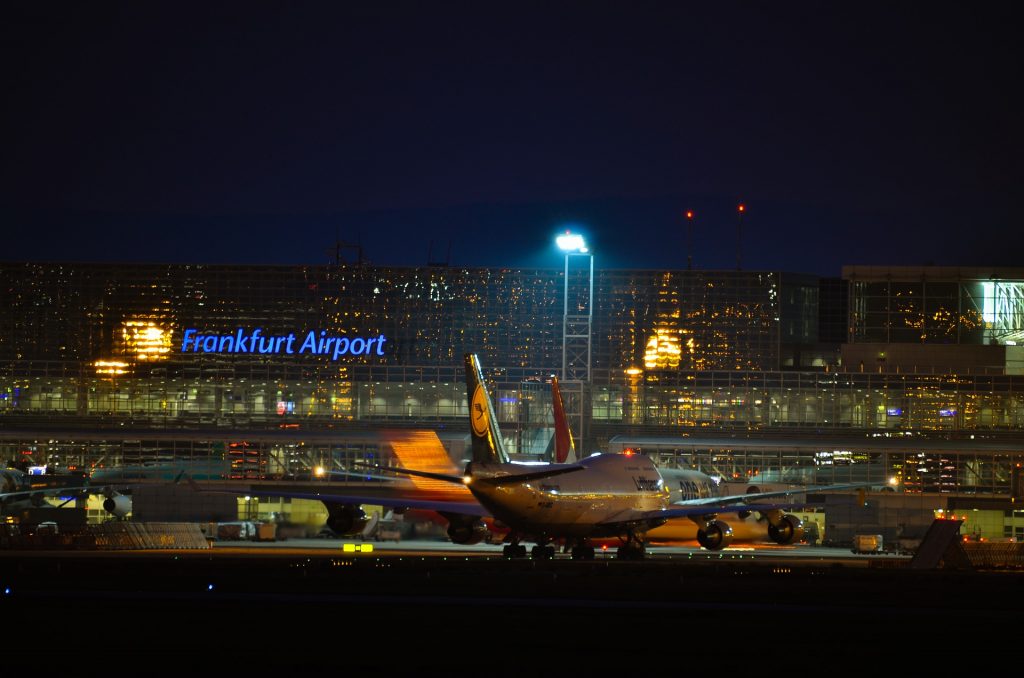Embedded Beacons as a Challenge for Project Management
Until a few years ago, installing a beacon infrastructure in a building meant installing a lot of small and slightly larger boxes on the walls and ceilings of the building to be equipped. The trend towards embedded beacons – i.e. BLE transmitters or BLS sensors integrated into existing building services such as sockets, access points or lighting – was intended to ensure that interior designers regain control over the aesthetics of the building.
The price is paid by those planners who have not brought everyone together from the very beginning. Because then problems are inevitable. After all, in most cases building services and IT/Telecommunication are organisationally separated as executive elements.
In any case, both are separated from any marketing department, which may be the initiator of the project. This means that in the case of for example a new office building, normally the electricians come first and install their sockets or the lighting, then the IT or the telecommunications provider comes and installs access points. The RTLS provider’s service providers then come and install the beacons and beacon trackers – on the freshly plastered walls.
It would actually make sense for the company as a whole if the electricians were to install the sensor infrastructure in the form of combination devices such as sockets with integrated beacon trackers at the same time. The number of beacon trackers that can be saved is the most relevant cost factor.
Not because the hardware itself would be so expensive, but because the devices require electricity and cables. The rule of thumb is therefore: The more stand-alone Beacon Tracker can be replaced in the infrastructure by embedded devices, the cheaper. However, stand-alone devices cannot be avoided completely if one wants to or has to guarantee the best possible coverage of the building. Especially for access points with built-in BLE sensors, it should be noted that the device has a fundamentally different core task, namely to guarantee a stable WiFi network. Especially in non-residential buildings, access points are therefore often concentrated where many users come together. However, asset tracking or the monitoring of persons with restrictions is dependent on a stable infrastructure in the entire room to be monitored, so that it is often necessary to supplement the sensors installed in access points with stand-alone beacon trackers. In contrast, […]


